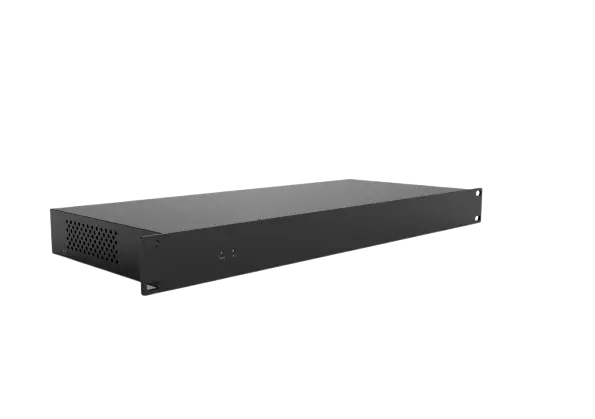With its powerful audio processing capabilities and flexible functions, digital audio processors are widely used in many fields, and the following are some common application scenarios:

In large-scale concerts and live events, digital audio processors play a crucial role in fine-tuning sound from instruments and vocals, ensuring clarity and precision. By adjusting EQ, compression, reverb, and dynamics, they enhance auditory impact—boosting guitar distortion for rock performances or refining orchestral balance for classical concerts.
Additionally, digital processors enable zone-specific sound control, optimizing coverage based on venue acoustics and audience distribution. This ensures consistent audio quality across all seating areas.
For theatrical performances, operas, and plays, digital audio processors precisely control sound effects to match visual elements—such as aligning bird chirps or thunder with stage actions—enhancing realism and immersion. They also optimize vocal clarity for actors, adjusting tone and spatial presence to suit different characters and scenes.
In meetings, processors amplify speech intelligibility while suppressing background noise and echo. With automatic feedback elimination, they prevent mic screeching, ensuring smooth communication. For multi-purpose venues hosting lectures, trainings, or small performances, processors allow quick presets switching to adapt audio profiles on demand.
Digital processors are essential for decoding immersive formats like Dolby Atmos and DTS:X, distributing multi-channel audio to speakers with pinpoint accuracy—creating lifelike 3D soundscapes that pull audiences into the film.
In home theaters, processors optimize signals from Blu-ray players or gaming consoles, letting users customize volume, EQ, and surround effects for a personalized cinematic experience.
Radio stations rely on processors for real-time dynamic range control and equalization, ensuring broadcast-ready audio clarity and consistency.
In recording studios, they refine tracks during post-production—removing noise, balancing levels, and shaping tonal quality—helping producers achieve studio-grade sound.
These processors curate ambiance by adapting music to time and mood. For example:
Bars: Amplify bass and rhythm during peak hours to energize crowds.
Restaurants: Soften melodies with warmer tones for relaxed dining.
From high-energy concerts to crystal-clear conferences, digital audio processors deliver precision, adaptability, and immersive sound—making them indispensable across professional and entertainment audio systems.